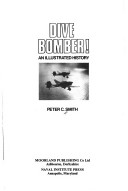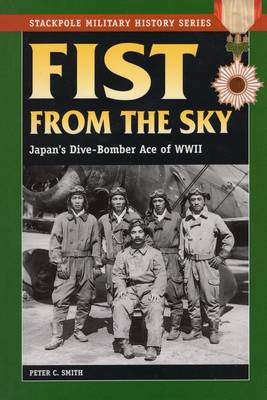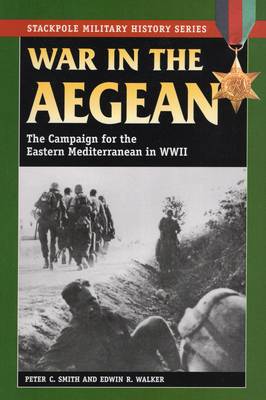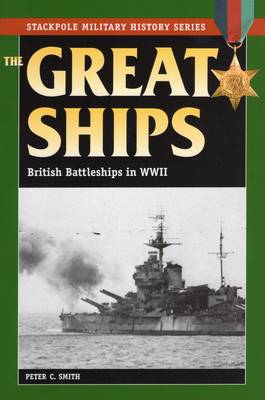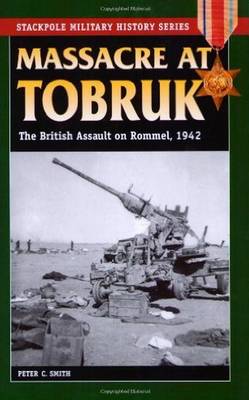Stackpole Military History
5 total works
Diving vertically at the target, in the same direction the bombs will take, was an incredible bombing technique developed by the British and put into action in World War II. Bombers would dive and release the bombs very close to the target at high speed, with high risk, to accurately bomb relatively small and/or moving targets with ease.
This riveting and highly detailed account of high speed aerial combat is the result of 40 years of intensive research and provides a complete history of the formidable dive bombers from World War 2. Containing an unparalled collection of data on infamous aircraft like the German Stuka, the American Dauntless, the Japanese Aichi D3A1"Val," the Soviet PE-2, and numerous others, Dive Bomber is the ultimate guide to this daring machine, enhanced by numerous maps, photographs, tables and diagrams, providing he most accurate and comprehensive guide ever written on this subject.
This riveting and highly detailed account of high speed aerial combat is the result of 40 years of intensive research and provides a complete history of the formidable dive bombers from World War 2. Containing an unparalled collection of data on infamous aircraft like the German Stuka, the American Dauntless, the Japanese Aichi D3A1"Val," the Soviet PE-2, and numerous others, Dive Bomber is the ultimate guide to this daring machine, enhanced by numerous maps, photographs, tables and diagrams, providing he most accurate and comprehensive guide ever written on this subject.
Known as the "god of dive-bombing," Takashige Egusa was one of the Imperial Japanese Navy's most legendary pilots of World War II. In December 1941 he led an eighty-plane attack force against Pearl Harbor and, two weeks later, assaulted the American gun batteries on Wake Island. After a series of missions in the Indian Ocean, Egusa was badly burned at Midway in 1942. A warrior to the last, he returned to duty, only to be killed on a desperate raid on enemy aircraft carriers in the Marianas.
Both Winston Churchill and Adolf Hitler wanted the Aegean Sea in 1943. The British prime minister saw an opportunity to force neutral Turkey into the Allied camp and pin down German forces while the Nazi leader hoped to keep Turkey neutral and maintain Germany's foothold in the Mediterranean and Greece. The conflict came to a head with naval and amphibious assaults involving German SS troops, British commandos, spies, partisans, and even Greek pirates. Waged primarily on the islands of Cos and Leros, the campaign culminated in a German victory.
Although naval development before World War II focused on aircraft carriers, the British nevertheless had seventy battleships--larger and more powerful than ever before--under construction when war broke out in 1939. The war would hasten the battleship's decline, but not before producing dramatic moments at sea around the globe: the hunt for the Bismarck, the sinking of the Scharnhorst, the defeat of the Graf Spee, and the earth-shattering bombardments on D-Day. Peter C. Smith recounts these and other stirring episodes of naval combat with verve and authority.
By September 1942, Erwin Rommel's Afrika Korps stood perilously close to breaking through to Cairo and the Nile. The Desert Fox had captured Tobruk three months earlier and turned the city into a vital Axis supply port. In a desperate attempt to halt the Germans and buy time for the Allies, the British launched a daring amphibious raid on Tobruk, combining forces from the Royal Marines, Royal Navy, SAS, Long Range Desert Group, and other secret units. Boldly conceived and bravely conducted, the assault nevertheless failed with terrible losses.
